Golden Kamuy Season Two Review
In this second season of Golden Kamuy, the hunt for the stolen Ainu gold heats up and heads for the place where everything started. With the hunt for the tattooed skins of the prisoners not going too well for all sides (and with Lieutenant Tsurumi employing a crazed taxidermist to create fake ones), the only option left for both Sugimoto and Hijikata Toshizou’s factions seems to be to talk to Nopperabo himself to unlock the key to the tattooed code. That means breaking into Abashiri Prison, which is certainly easier said than done, as they have to deal with not just each of the other factions, but also the menacing head warden of the prison, Shirosuke Inudo, who wants to keep Nopperabo locked away for himself, at any cost.
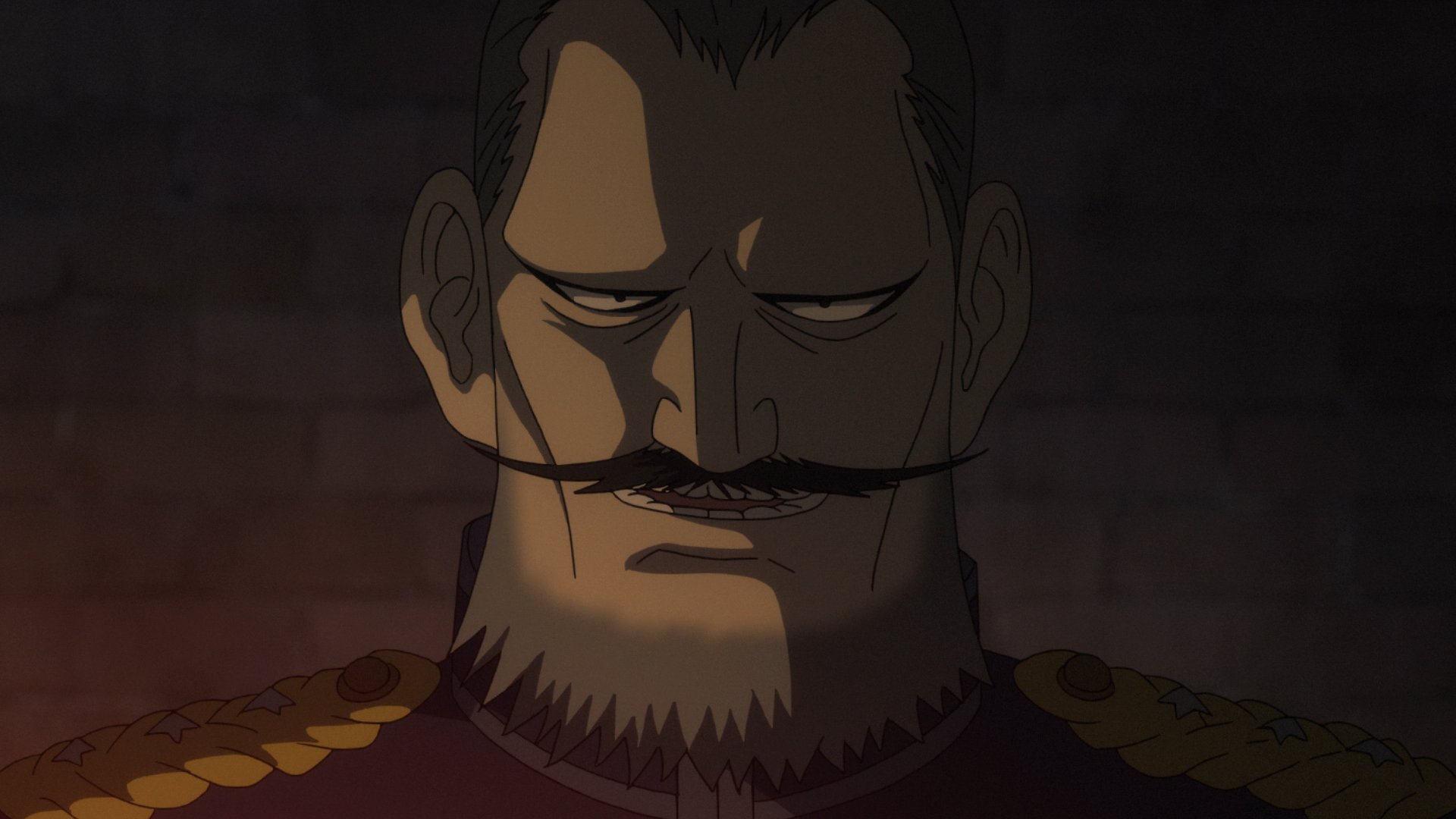
From the outset, it’s clear that this season is trying to wrap up all the main questions from the first, and it really starts laying out everyone’s motivations for finding the gold and what they want to use it for in greater detail, as well as focusing on Asirpa and her search for the guy who supposedly killed her father.
For the latter point, I think the show reveals its hand too early, as if you are paying attention, it makes the season’s main twist far too clear in Episode 14 (the second of this set), which does lessen the impact of the season’s climax. While I get what it is trying to do in sowing the seeds of a “is he, isn’t he?” conundrum, the writing just isn’t subtle enough to keep you doubting all the way to the end (despite a pretty funny fake out). On the other hand, it does do a better job at the “traitor in the midst” part of the plot, with an amusing take on Leonardo da Vinci’s iconic painting of The Last Supper, but I think that is more because anyone in Sugimoto’s group could be a traitor at that point, due to all the characters having conflicting goals.
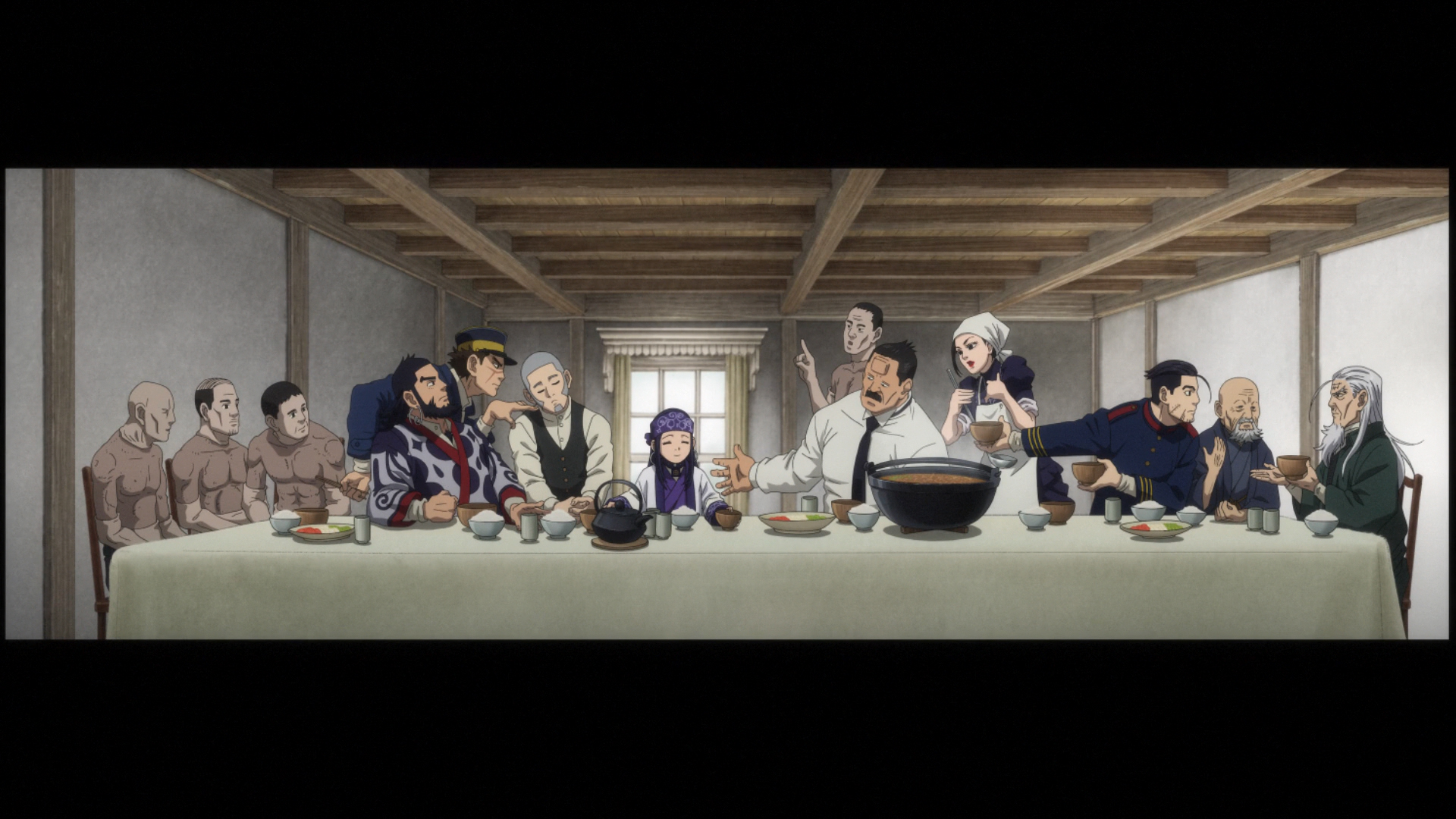
That said, this is a series that is definitely more about the journey than the destination, and while the climactic battle at the end is still utterly fantastic with some huge stakes, it’s seeing all of our characters overcome different challenges and really grow over the course of the story which is the true highlight. It can still plod along at times in its pacing, but with a goal now in sight, it feels like a proper Fellowship of the Ring style romp across the country. We also get to spend a lot of time with the side characters in this part of the story, which really builds your emotional connection with them through surprisingly deep backstories. Tanigaki’s sticks out in particular as a very poignant tragedy, so when the prospect of a romantic entanglement comes in later in the series, you just want it to work out as this guy deserves some happiness in his life. Ogata also gets a good helping of development here, and although it is a bit more sobering than what we get with Tanigaki, it does help lay the groundwork for his actions later in the series by showing he’s a pretty twisted individual.
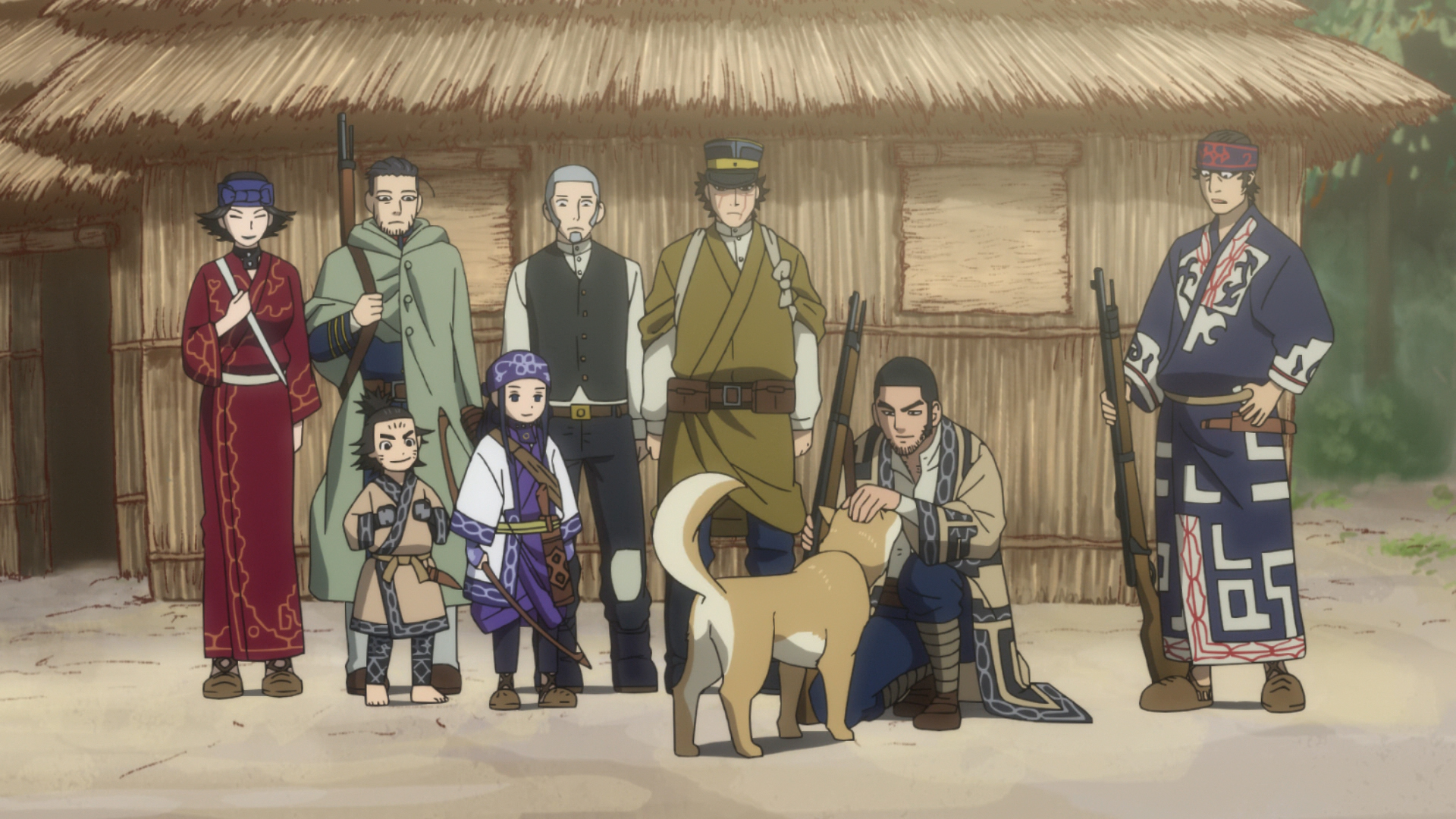
Despite these dark turns, this is still the same show thematically as it was in the first season, with a very quirky and sometimes dumb sense of humour, with the occasional homoerotic undertones. It really does knock it out of the park in its comedic execution in particular scenes such as where it sticks all the guys in a shack with aphrodisiac sea otter meat or putting them all together in a hot spring bath, plus there’s always several running gags to amuse yourself with, some continuing from the first season, alongside the introduction of some new ones such as Second Lieutenant Koito’s obsessive adoration of Tsurumi and his rapid Satsuma dialect that nobody can understand.
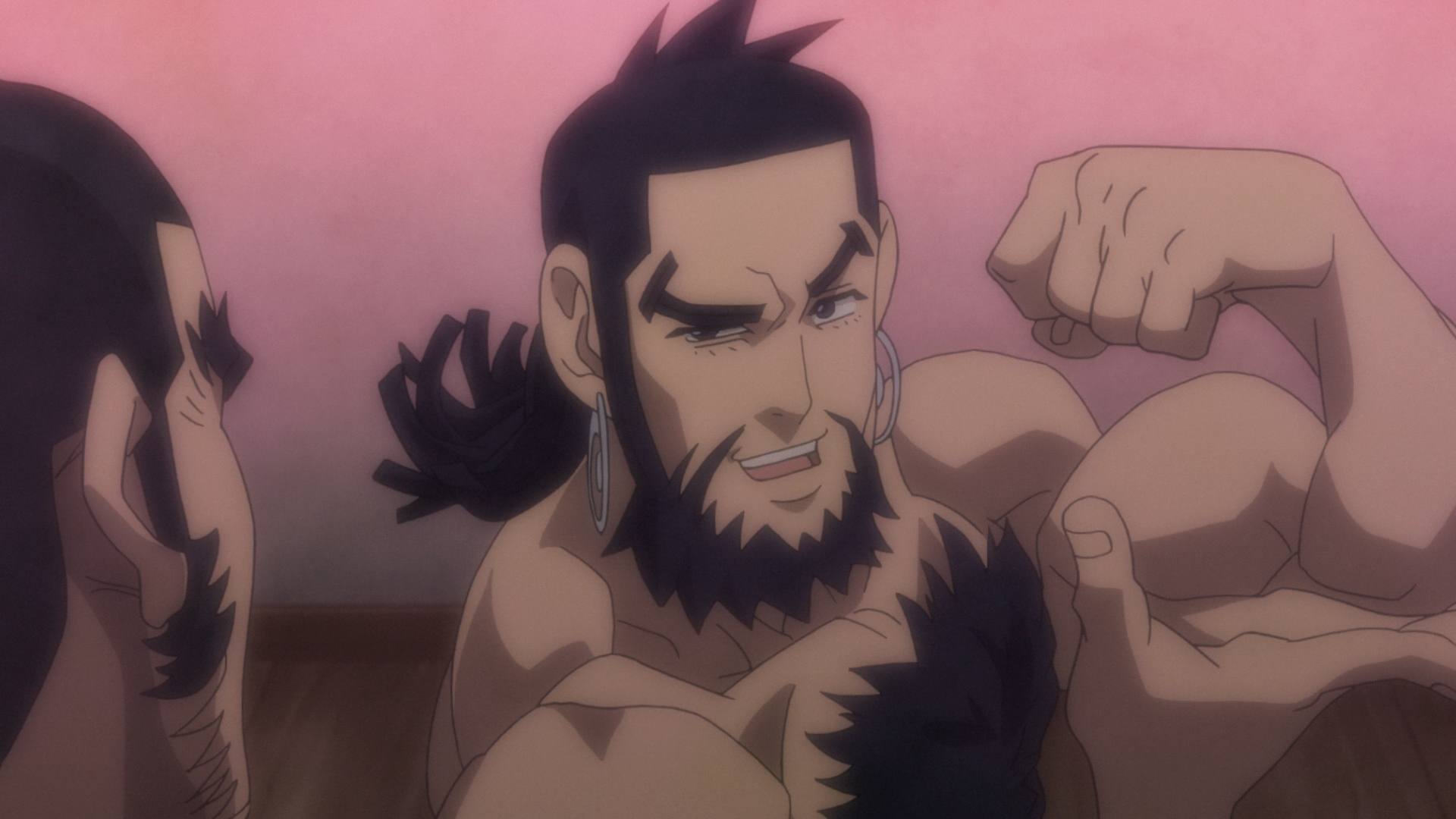
The deep understanding and appreciation of Ainu culture that Season One really excelled at is also still deeply ingrained in the show and continues to deepen the immersion with the overall setting as it focuses on the Ainu’s harmonious give-and-take between people and nature, which is something we could all learn from in this day and age. As much as the show would probably like it to be all about food with its very gourmet appreciation of traditional hunting, I really appreciated its depiction of the Ainu’s ideas on things like festivals, dreams, karmic destiny and the afterlife, and I think it’s a very approachable gateway to learning more if you’re interested in them.
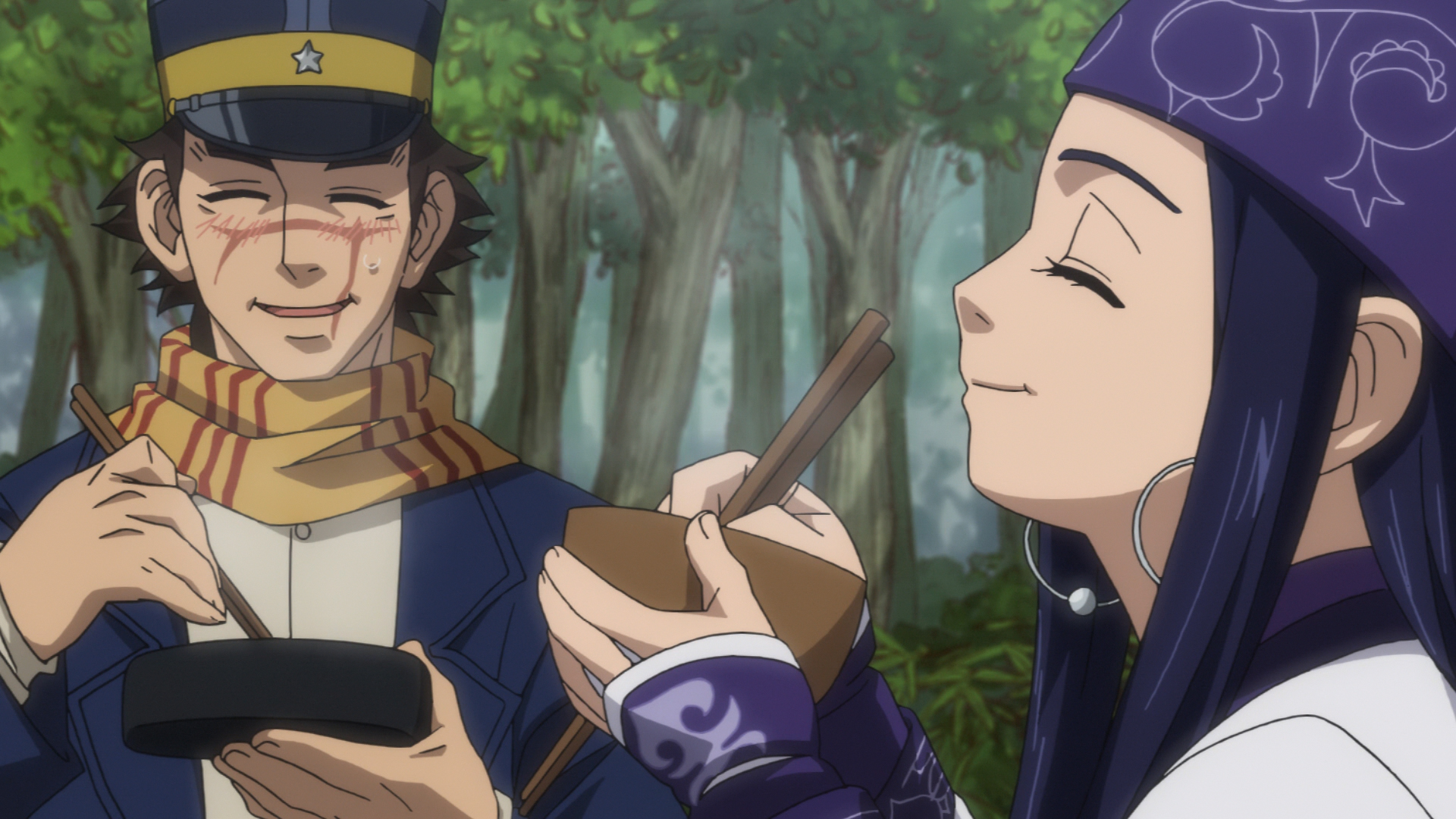
Animation for the series continues to be provided by Geno Studio, and while at first consistent with the first season, does improve as we head into the season’s finale and turning point as the action scenes really come to the fore. While it is mostly comprised of rather tense shootouts with it being set in the early 1900s, it does also have the advantage of being set in Japanese-controlled territory, so a really cool-looking sword fight also gets to shine later on. Plus, its grittier, seinen look with more muted colours gets across its overall themes well without affecting the wild wonderland depiction of Hokkaido it is going for.
Kenichiro Suehiro continues to provide the soundtrack for the series, using some themes introduced in Season One as well as some new compositions. These really emphasise the tension present throughout the series but work especially well with the final couple of episodes. As for the opening and ending themes, well, they are good songs, but audio balance issues stopped me from fully enjoying them, with the opening in particular being affected with some pretty bad distortion. That said, I’d definitely recommend checking them out on their own as “Reimei” by Sayuri x MY FIRST STORY is as much of a rocking tune as I would expect from that band, while the ending “Tokeidai no Kane” by the 80s/90s alternative rock band eastern youth is definitely something different but has a charm that I think fits with both the animation and the rest of the soundtrack.

Season Two of Golden Kamuy comes to us thanks to Funimation, with this collection covering Episodes 13 to 24 of the series in both Japanese with English subtitles and the English dub. The voice acting is still very strong in both languages as it was in the first season, but I have to shout out to Katsuyuki Konishi, who has to deal with Koito’s rapid southwest Japan/Satsuma dialect, despite not coming from that part of the country. If you are watching the English dub however you might notice it pulls a neat trick with some of this dialogue. There’s an exchange between Second Lieutenant Koito (voiced by Daman Mills) and another character where they are speaking in Koito’s regional dialect which nobody else understands, and, instead of switching to a regional US dialect, they make the dub voice actors speak the Japanese dialogue in that same Satsuma dialect. I’ve honestly never seen this before and thought it was a great idea for conveying the same context in the scene, so full marks to the ADR direction for that one.
On-disc extras include a commentary for Episode 15, clean opening and ending, the second season of the “Golden Travelogue Theatre” shorts, and promotional videos and trailers.
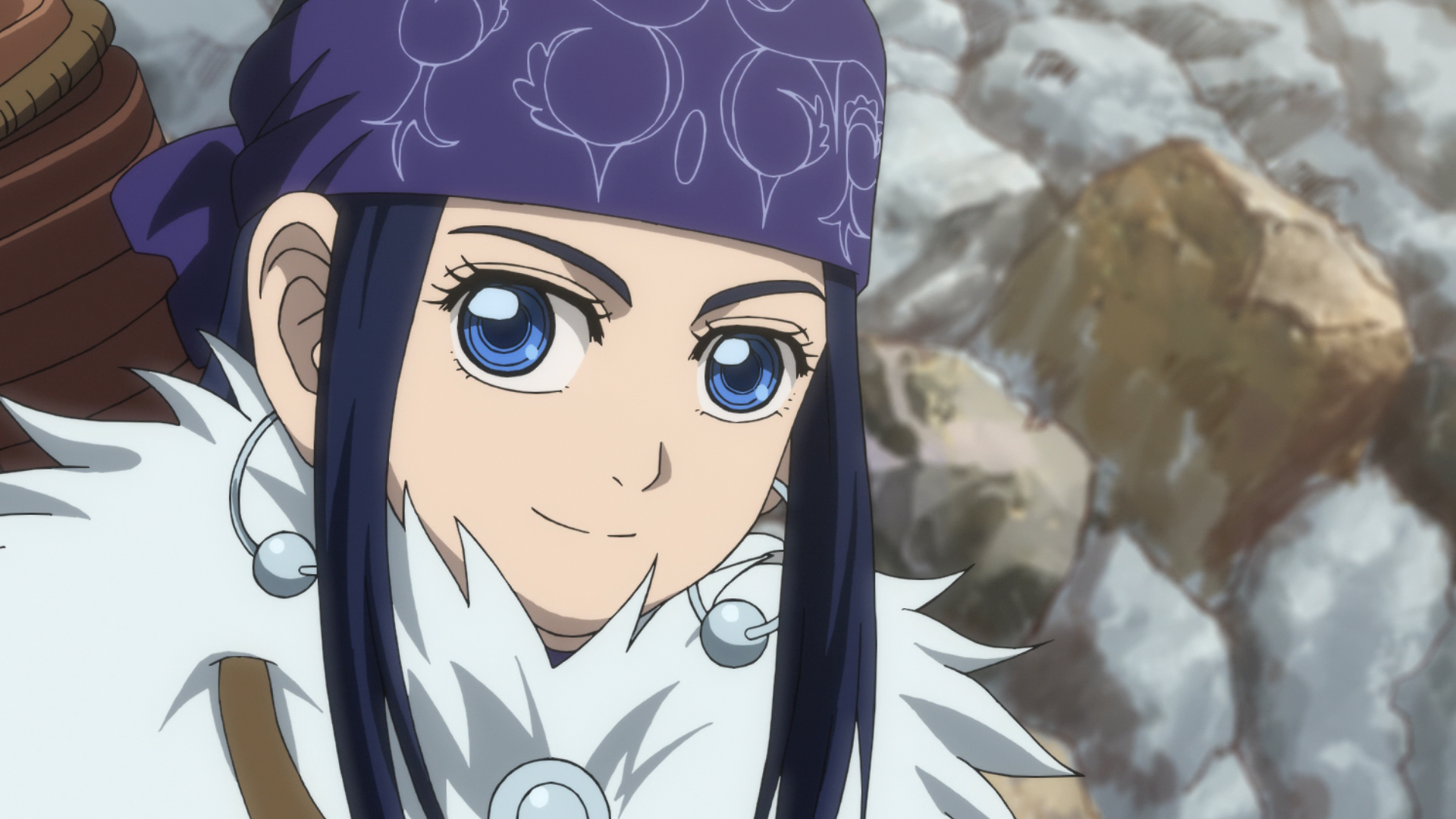
Overall, the second season of Golden Kamuy is a solid improvement over the first, going deeper into the series’ fantastic cast of characters with some moving backstories and character development, while wrapping up this arc of the story with a thrilling climax. All the while there’s still that same eccentric but gripping style of storytelling that made Season One so fun to watch, however it could still do with tidying up the pacing a little more and perhaps being a bit more subtle in the way it executes its foreshadowing. Still, if you want more of this quirky, no-holds-barred adventure, then this comes highly recommended.


